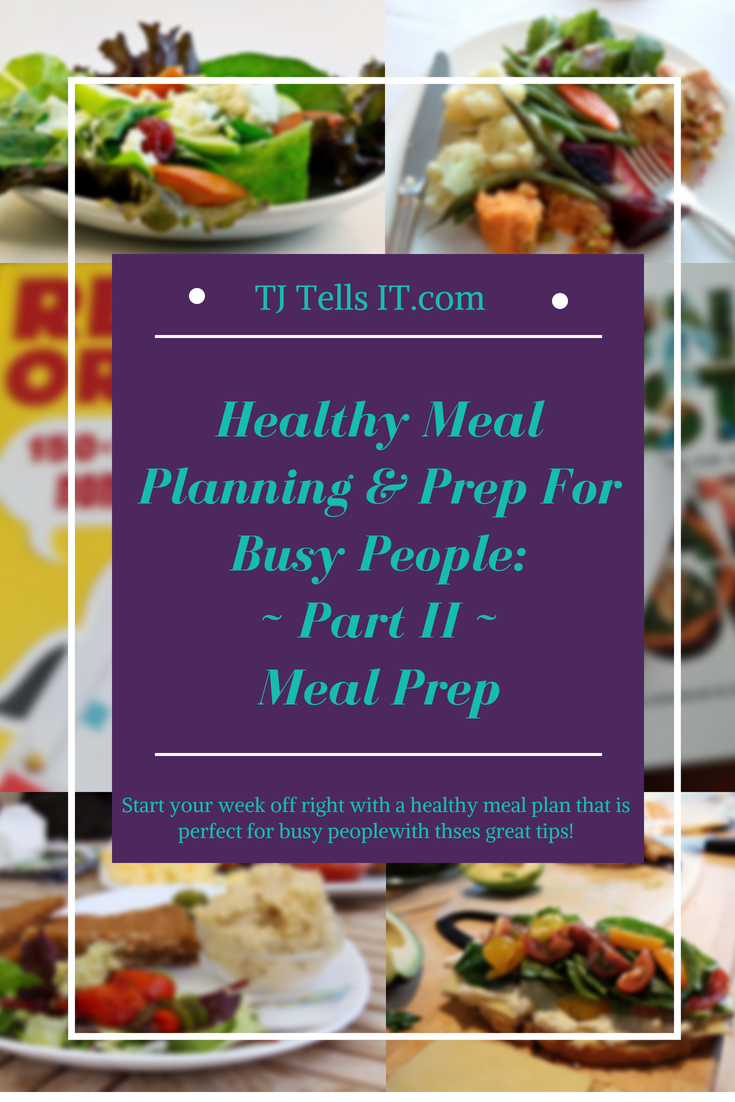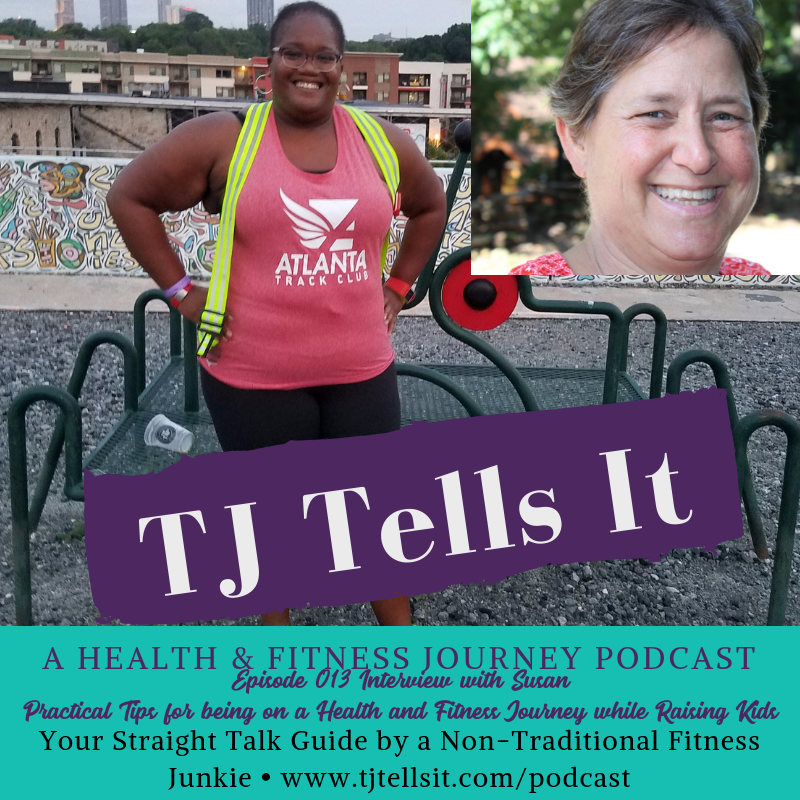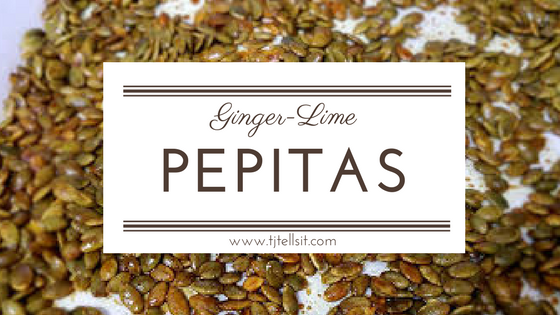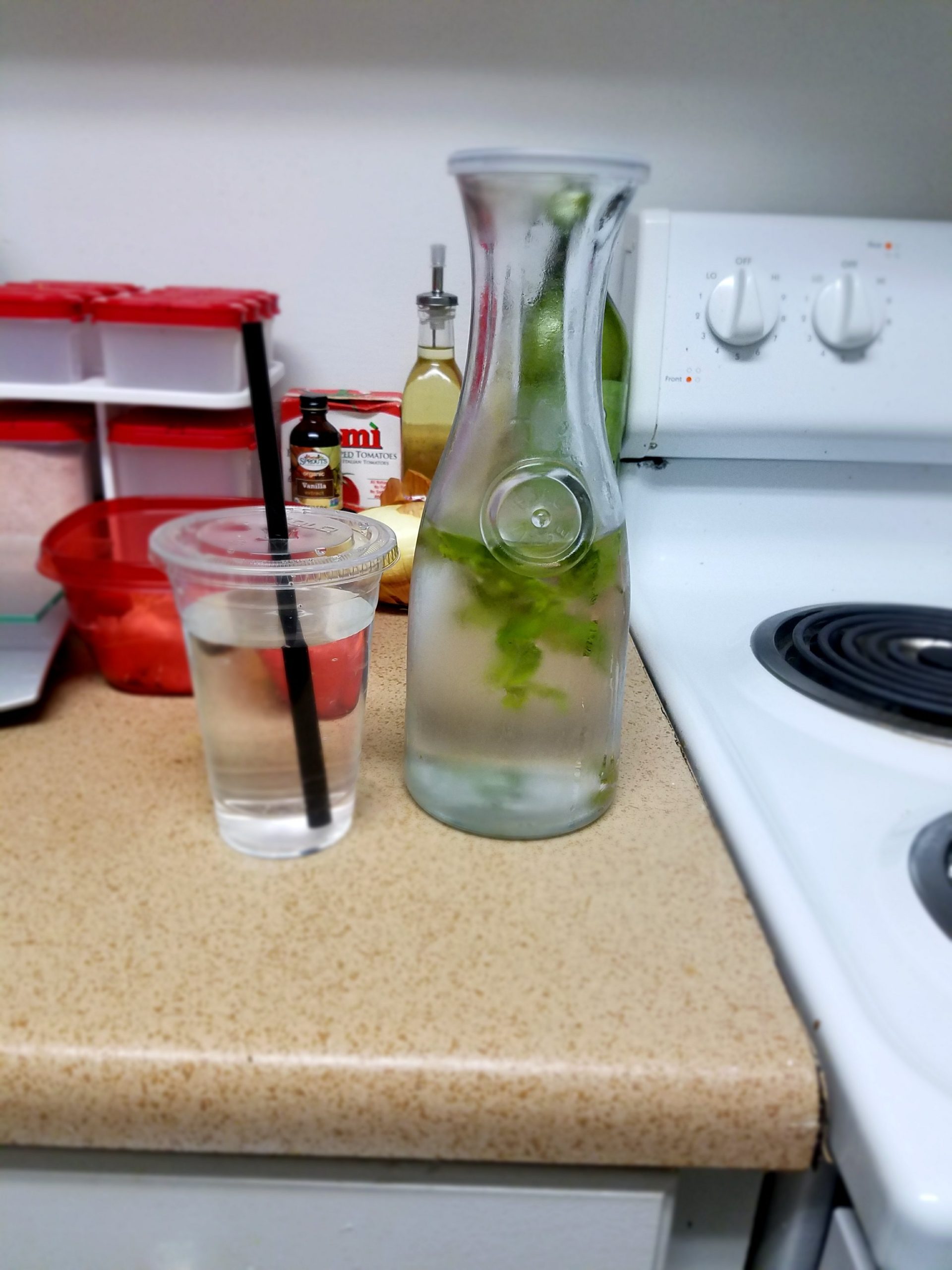Healthy meal prep is the second part of having healthy readily available meals in your fridge decreasing stress, saving time, and saving money. Part I was all about the precursor to meal prep: Healthy Meal Planning. Don’t skip the menu planning step when you start meal prepping. If you don’t have a menu, you won’t have complete meals to eat after meal prep. Check out Meal Planning to have the 2-step approach to healthier eating.

How is Meal Prepping Different?
You may be wondering, “Isn’t meal planning the same as meal prepping?” No, they are two separate steps to having complete meals ready to go for the week. Meal planning and meal prepping are often confused, but these are actually two entirely different things. With meal planning, you are simply deciding what the future meals will be. When you meal prep, you actually buy those ingredients, then start getting certain aspects of the meal prepared, so that very little needs to be done each day when cooking time arrives.
Types of Meal Prepping
While there are varying degrees of meal prepping, two basic elements to meal prepping exist:
- Chopping vegetables and putting ingredients for meals into containers.
- Cooking some aspects of the meal and freezing them.
After considering your time availability, you can choose how much prep you do at one time. Some people simply do the prep work, such as getting all their veggies chopped up, rice measured, and snacks into portion baggies to be used during the week. Others actually cook the casseroles and proteins and then freeze them so that dinner just involves popping them in the oven. I favor chopping and cooking elements at the bare minimum. Although, the bare minimum is really grocery shopping so that you at least have the ingredients in your home to execute your meal plan.
Containers to Use
Storing all your hard work is just as important as the prepping. The containers are not just storing the ingredients and cooked food items but meant to keep them fresh in the refrigerator or freezer for an extended period of time. Paying attention to the type of containers will mean the difference in your meals lasting for the entire week. Here are some recommendations for food storage containers:
Choose containers with airtight lids.
Make sure that your containers keep the food fresh with airtight lids. I use Tupperware brand containers for the majority of my meal preps. If you intend to use Tupperware-type containers, try filling them with water, then turn them upside down and make sure no water leaks out. This is a good way to tell how fresh your food will be in the containers. Not only will it keep your food fresh but transporting your food will be spill-proof upon arrival.
Try storing items in mason jars.
Mason jars are very popular to pack lunches and store food. It’s not just because they are kitschy but it is because they can be perfect for storing certain items and meals. In reality, they just plain work to keep items fresh and like same day prepared food. For example, if you like to take a salad to work, try putting each day’s salad in a separate container. Choose the wide-mouth containers and add the denser items at the bottom. The greens should always be at the top so they don’t get wilted or weighed down. Keep your salad dressing in a separate container.
Be careful with plastic storage items.
Plastic is fine to use, but you should know what type of plastic you are using. Make sure it is refrigerator, freezer, microwave, and dishwasher-safe first of all. Also check that the plastic containers don’t have any BPA, which can be dangerous when adding or cooking food in these containers. Most if not all of the plastic food storage containers are marked as BPA free but double-check that your containers. If you are thinking, “Sweet! I don’t have to buy new food storage containers because Grandma left me that set 20 years ago…” you may want to triple check that they are BPA free and not compromised in any way.
Consider casserole dishes that work for baking and storage.
When you are actually cooking bigger meals ahead of time to just be reheated each evening, you want to use multi-purpose casserole dishes. Use glass dishes that you use for baking, but that can also be used for storing them in the freezer. Just make sure you leave them out in room temperature after cooking to cool down before freezing them, or they might crack.
Tips For Successful Healthy Meal Prep
As you get started with meal prepping, there are some other things you need to keep in mind. Follow these simple tips for prepping your meals after you are done with meal planning:
- Cook all your meat at once.
- Label every container so you know when to use it by.
- Note what prepping is being done for leftovers.
- Use ingredients that can be prepped for multiple meals.
- Get freezer bags together with ingredients that will go in the slow cooker.
Meal Ideas For Prepping
Here are some different meal ideas that work perfectly with meal planning and meal prepping.
Put together different overnight oatmeal jars.
To get some healthy breakfasts prepared, add overnight oats to multiple jars, one for each day of the week. In addition to the oats, you can add different toppings for each day. Some toppings to consider include cinnamon, sugar, slivered almonds or other nuts, dried fruit, berries or fresh fruit, raisins, and granola.
If you want some additional healthy meal prep breakfasts, check some ideas from Registered Dietitian Alissa Palladino: Start Smart! Stress-Free Breakfasts for Back-to-School
Roast your vegetables beforehand.
To get vegetables ready for lunches and dinners throughout the week, spend one day roasting all the vegetables at one time. Choose vegetables with about the same cooking time, roast them together, then place in containers and freeze them.
Use vegetable noodles instead of pasta.
To make healthy, lower-carb meals and meal prep at the same time, consider using vegetable noodles. You will need a spiralizer to take vegetables like zucchini and squash or even sweet potatoes and creates noodles out of them. I have the Kitchen-Aid stand mixer attachment to spiralize veggies. If you don’t have a stand mixer, I recommend getting the Inspiralizer. Having these ‘noodles’ on hand will be a great addition to your healthy menu plan. Plus, you can spiralize your veggies on a Sunday, then save them for the week’s ‘pasta’ meals.
Bake all of your meat, then freeze portions for each meal.
Decide what meat you want to use for multiple meals, then bake or cook it all at the same time. Batch cooking your meat will save more time than you realize. I batch cook chicken both in my Instant Pot and the oven. Before I had an Instant Pot, I would slow cook chicken or beef. Look at your menu and see where you have chicken, fish, or steak strips reoccurring and cook all the portions all at once.
Keep salad veggies and toppings in one container.
For your salads, you can make it faster to put them together by having all of the greens and vegetables together in containers. Keep all your greens in one big container, and all the chopped veggies, cheese, and other toppings in another container. If you want to invest the time, you can even pre=portion out the veggies with your cooked meats to have full meals ready for grab-and-go mornings.
With a menu plan and some meal prep, you will be on your way to a healthy low-stress diet. Being prepared for the week ahead can make the difference between staying on track and eating everything in sight. A bonus is a healthy menu plan with healthy meal prep will save you money. Give meal prepping a try. Let me know how your menu planning and meal prepping go. If you already menu and meal prep, comment with your favorite tip for those just starting out.
Telling it one chop, bite, and lick at a time,
TJ
Follow my blog with Bloglovin
TJ Tells It | COPYRIGHT © 2019 · TJ Hadley




Leave a Reply
You must be logged in to post a comment.